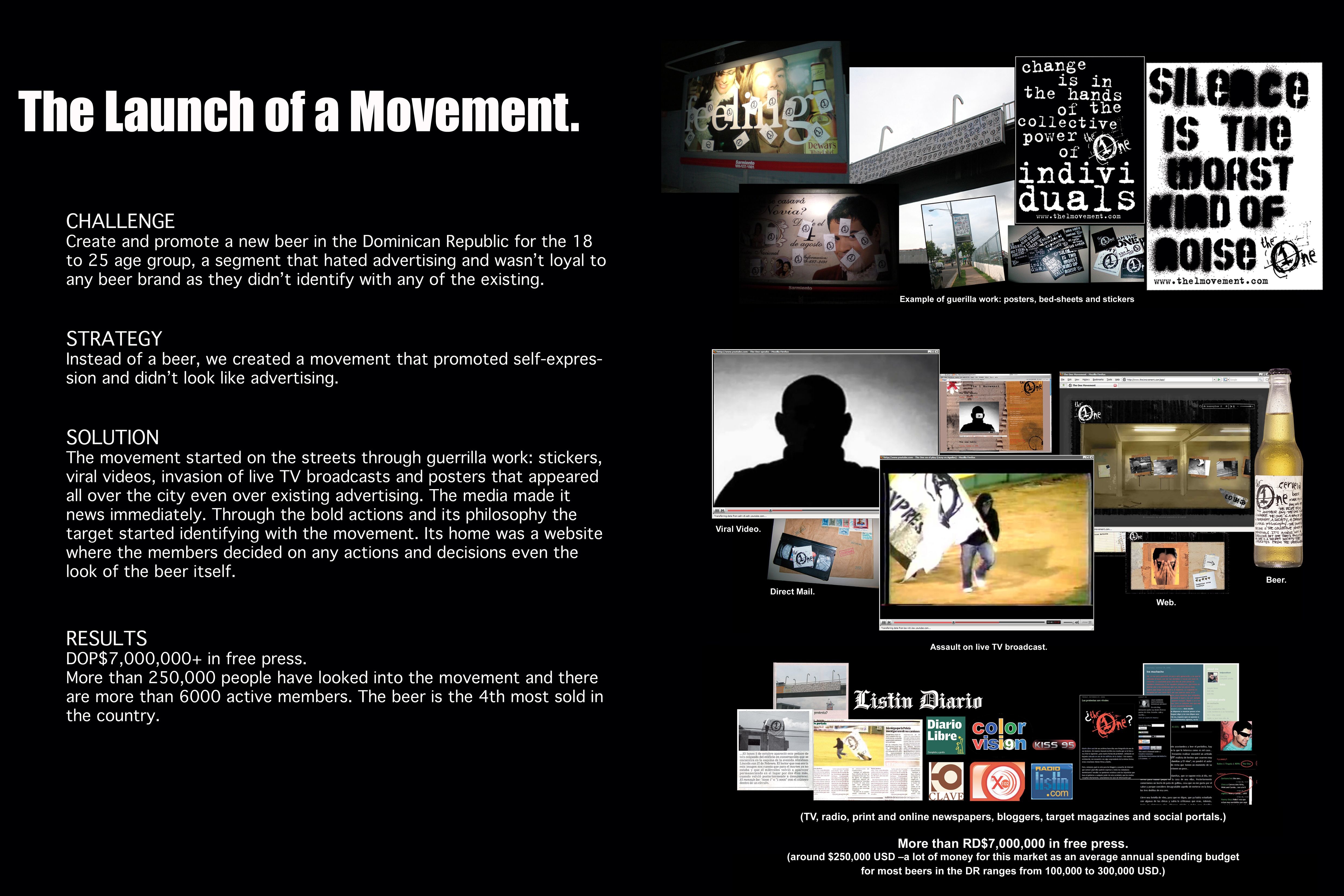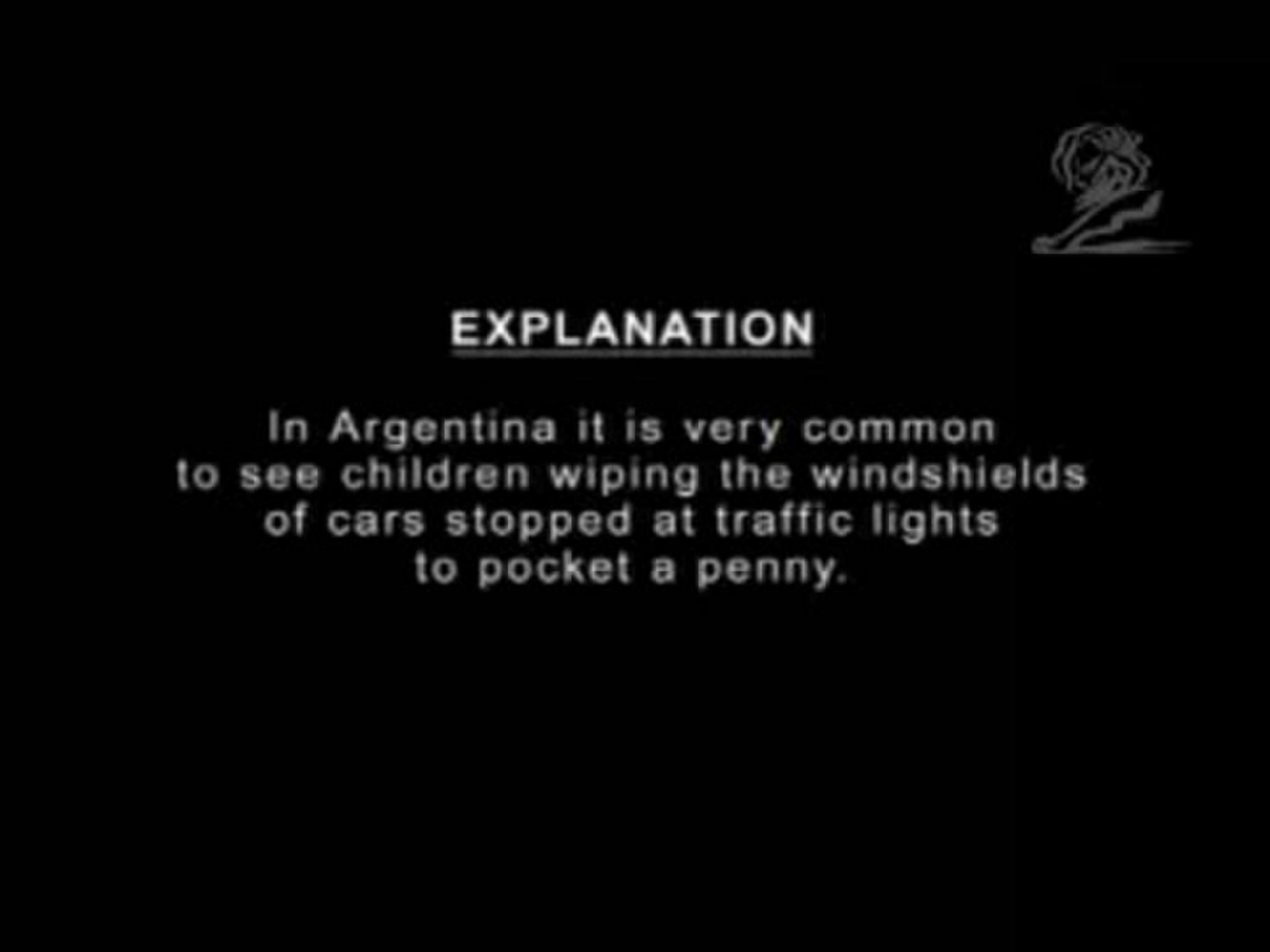Cannes Lions
A GLOBAL COLLABORATION WINS THE DAY FOR CLIMATE SCIENCE
HAVAS PR, New York / UNITED NATIONS FOUNDATION / 2015
Overview
Entries
Credits
OVERVIEW
Description
Climate change is among the world's biggest challenges to human prosperity. Climate scientists have agreed that the issue is real and action is required, but skeptics fueled confusion and controversy around the release of a comprehensive climate report six years earlier. The United Nations Foundation gathered allies to help support communications efforts and change the narrative around climate change and climate science in conjunction with the most recent report. As its PR partner, we work to improve the course of conversation and generate positive coverage. The global consortium we created helped support the report's release in 10 countries to ensure that consistent, scientifically based messaging reached target audiences in language they could understand. Our 24/7 teams monitored target-market coverage for a branded daily report. We developed media curriculum's and implemented them with 150 scientists worldwide, then pitched the scientists to authoritatively comment about the report's phases. Phase one result: 85 percent sustained, on-message positive coverage and 10 percent neutral--versus 61 percent positive the previous half-year. Phases two and three received unprecedented positive/neutral coverage--97 percent--and, according to an executive with the global report's organization, "by every account must have been one of [our] most impressive launches ever." Media impressions over the four phases: 25 billion. Our agencies also launched Climasphere.org, a first-of-its-kind online resource designed for climate change influencers, and a digital strategy that enabled #climateimpacts to be among Twitter's top trending conversations globally. More than 100 organizations have joined with us to present a united communications strategy.
Execution
Our agencies secured 150 international scientists who helped research the report, then implemented our specialized media background curriculum's to help them champion the science in a language people understood. Our media teams pitched them as local resources at each phase's release (the latter three were in April and November 2014). We undertook constant media monitoring in each target market to curate a daily branded report for internal use and on Climasphere.org, a comprehensive website we developed with the United Nations Foundation as a resource hub for a specific audience of climate change influencers. We amplify information housed on the site through social platforms and helped #climateimpacts be a top Twitter trending topic around the world. For the final phase, we faced the challenge of no new news, because it was a synthesis of previous phases. Our key answers? Prioritizing the most influential global media outlets and offering tailored angles.
Outcome
The second and third phases, both released in April 2014, had even more impressive coverage than the first, with media impressions around 17.5 billion and 97 percent combined positive/neutral coverage. The final synthesis report generated 7 billion impressions with over 90 percent positive/neutral coverage--a real achievement given the lack of a solid news story. At the campaign's height, Climasphere had tens of thousands of monthly page views, and its direct social reach was 8 million–plus (#climateimpacts stories resulted in an additional 190 million–plus Twitter reach). More than 100 organizations have joined with our consortium to present a united communications strategy, and we have worked with leading science institutions worldwide. Coverage of the findings has driven many world leaders to focus on climate strategies, from prime ministers to the World Bank president, who tweeted, "[This] report confirms that #climatechange is more certain than ever." The conversation is shifting.
Similar Campaigns
10 items





